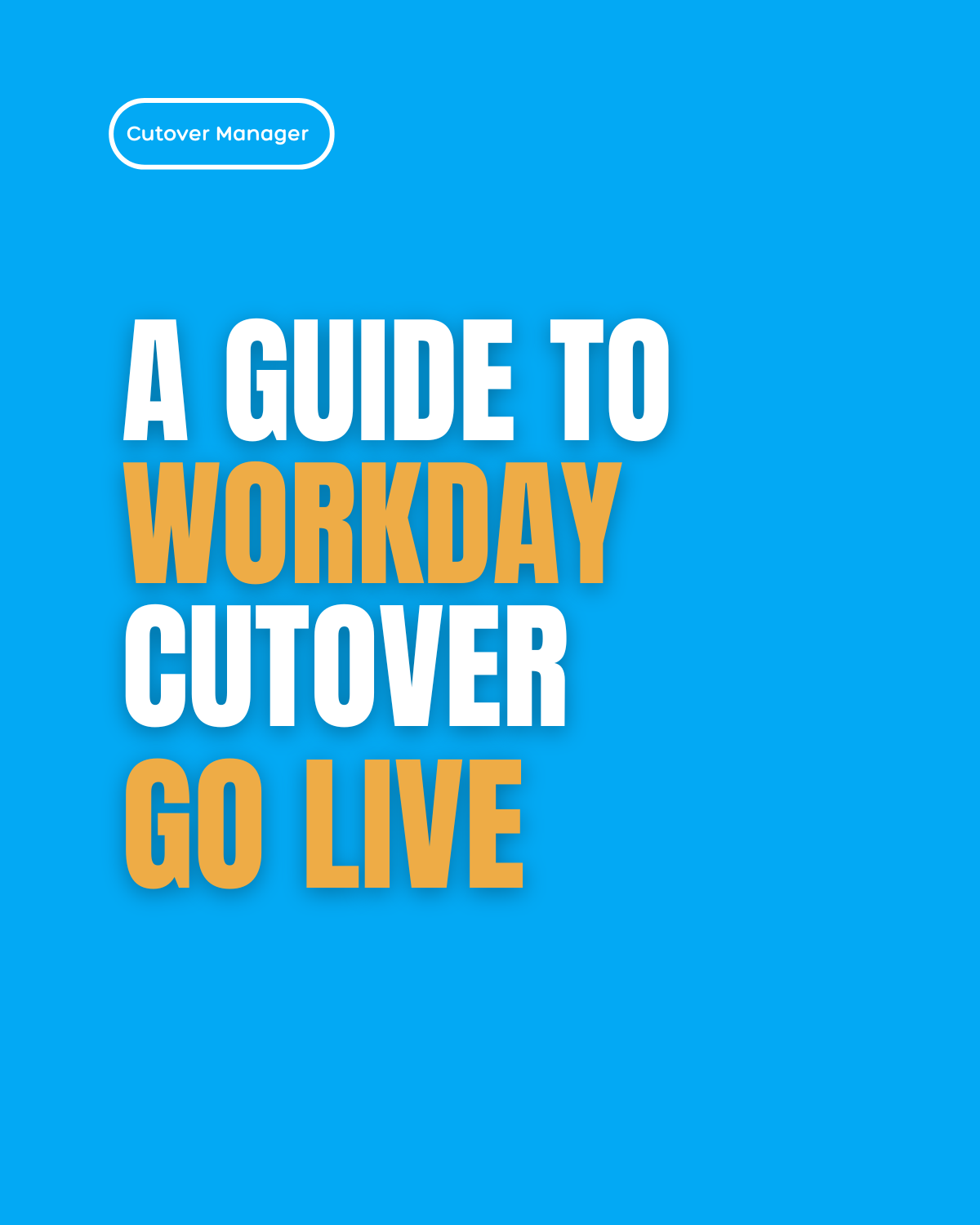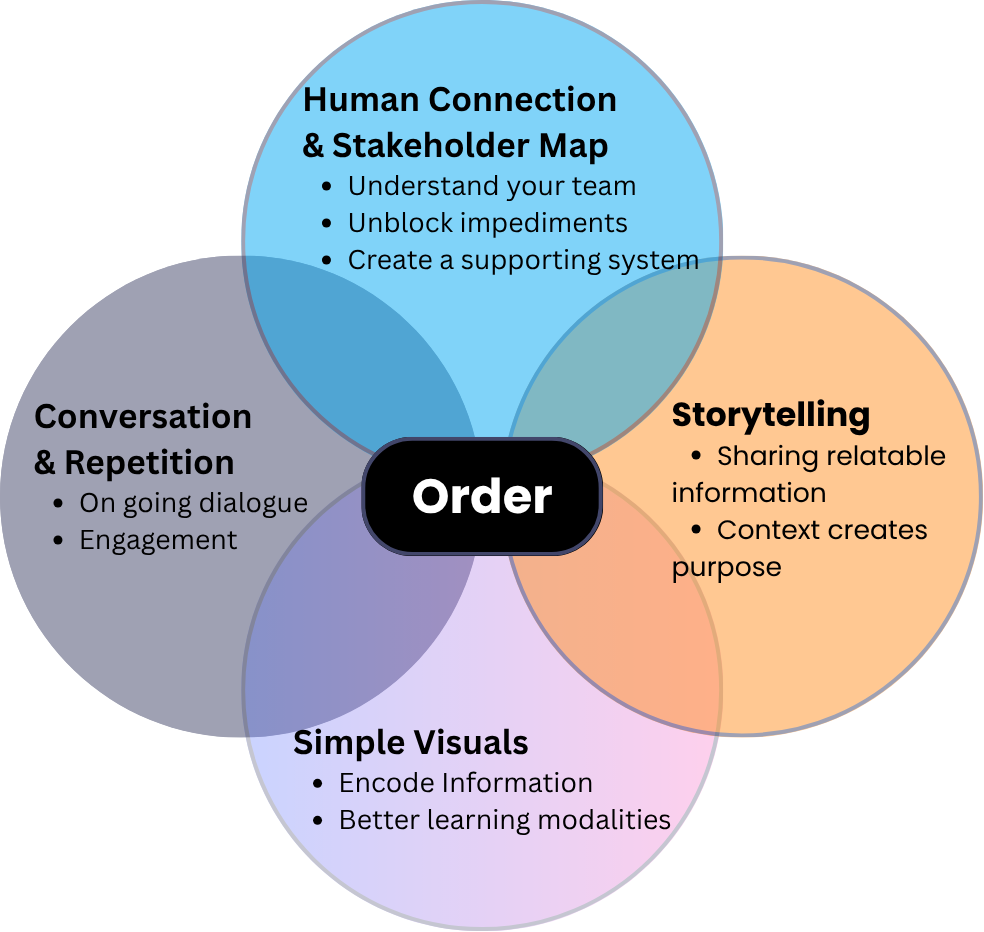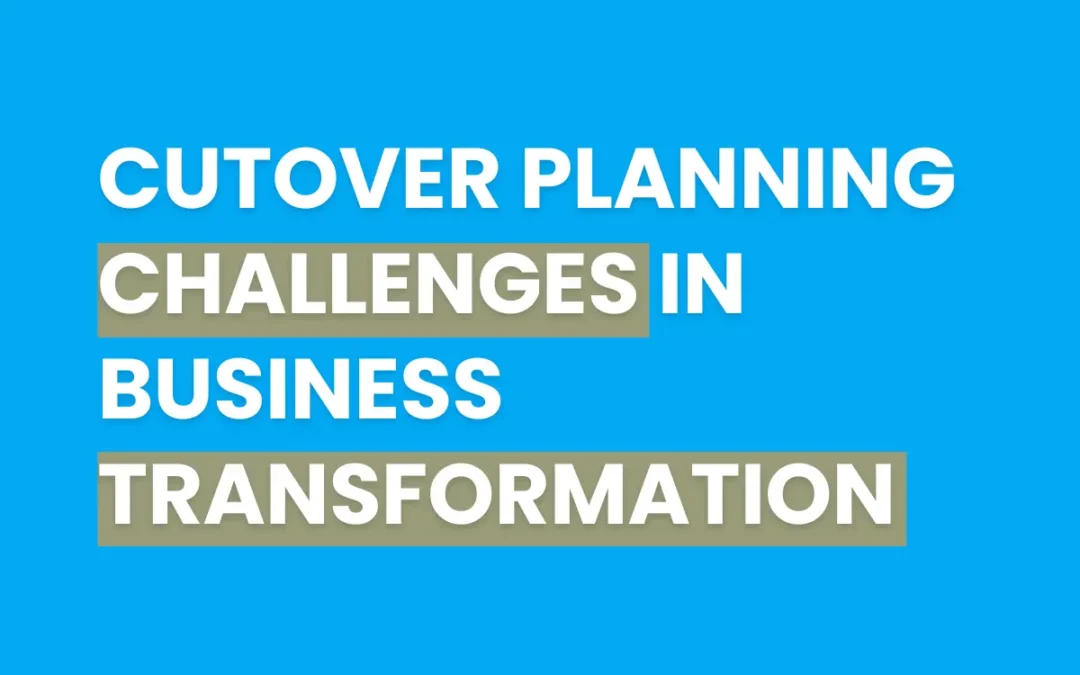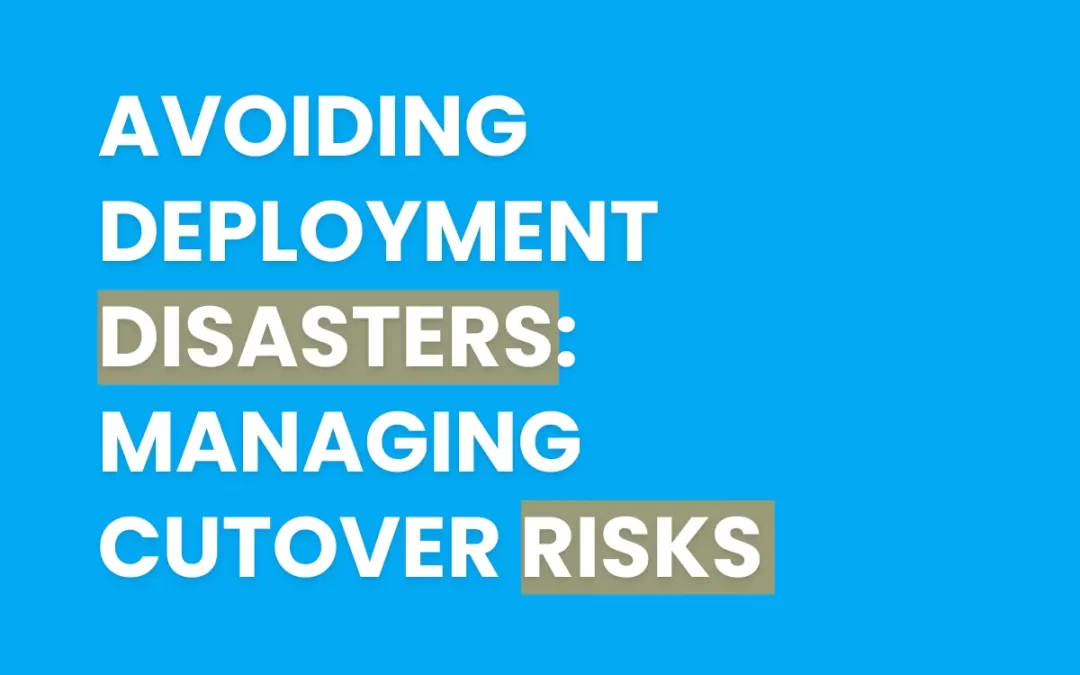Navigating WORKDAY Cutover: A Comprehensive Guide for Programme Teams

Workday implementation is a major transformation for any organization. The cutover phase—the transition from legacy systems to Workday—is a critical milestone that can determine the success of the entire project.
In this guide, we’ll walk you through the essential steps, best practices, and strategies to master the Workday cutover process.
Whether you’re preparing for your first Workday implementation or refining your approach for future projects, this article will equip you with the knowledge to ensure a seamless transition.
What is the Workday Cutover Process?
The cutover process is the final phase of a Workday SaaS implementation, where all the preparation, configuration, and testing culminate in the Go-Live event. It involves transitioning from legacy systems to Workday, ensuring data accuracy, and minimizing business disruption.
Why is Cutover Critical?
- Minimizes Business Impact: A well-planned cutover ensures that business operations continue smoothly during the transition.
- Ensures Data Integrity: Proper data migration and validation are crucial to avoid errors in the new system.
- Sets the Stage for Success: A smooth cutover lays the foundation for successful adoption and long-term use of Workday.
The Cutover Approach: Foundation for Success
The cutover approach is a critical aspect of Workday implementation, focusing on the transition from legacy systems to the new Workday environment. Successful cutover management involves three key pillars: education, visuals, and storytelling.
Education: Understanding Cutover and Its Challenges
Before diving into the technical aspects, it’s essential to educate your team about the cutover process. This includes understanding the challenges that may arise, such as data migration issues or resistance to change from stakeholders. By preparing your team, you can mitigate risks and ensure a smoother transition.
Visuals: Communicating Effectively
A picture is worth a thousand words, and this adage holds true in cutover management. Utilize visual aids such as flowcharts, diagrams, and infographics to communicate the cutover strategy effectively. Visuals help stakeholders grasp complex processes quickly and ensure everyone is on the same page.
Storytelling: Sequence of Events for Go-Live
The storyline refers to the sequence of events required for a successful go-live. It involves moving from high-level overviews to detailed steps, ensuring that all aspects of the implementation are covered. A well-structured storytelling helps in managing expectations and keeping the project on track.
Building a Robust Cutover Strategy
Cutover Planning Essentials
The Programme Manager should engage with a Cutover Manager as early as possible to align key stakeholders and establish a structured cutover plan.
Key steps include:
- Identify Critical Dependencies: Ensure data migration, integrations, and configurations are in place before go-live.
- Define Cutover Roles & Responsibilities: Assign clear ownership for tasks across IT, business, and HR teams.
- Develop a Detailed Cutover Plan: Break down activities into phases (Pre-Cutover, Execution, and Post-Cutover).
The Workday Cutover Roadmap
Example
?️ Month 1-2: Cutover planning and workshops.
?️ Month 3-4: Pre-Prod deployment and testing.
?️ Month 5: Prod deployment and Go-Live preparation.
?️ Month 6: Hypercare and transition to BAU.
Key Elements of Orchestration
- Infrastructure: Ensuring that the necessary infrastructure is in place to support the Workday environment.
- Network: Managing network configurations to facilitate data transfer and communication.
- Middleware: Implementing middleware solutions to integrate Workday with other systems.
- Data Migration: Planning and executing the migration of data from legacy systems to Workday.
Detailed Steps in Workday HCM Cutover
Workday HCM Cutover involves several detailed steps that the whole team must oversee.
Build Deployment
Build deployment involves configuring the Workday environment to meet the organization’s specific needs. This includes setting up tenant environments, core HCM modules, and other critical components.
Key Components:
- Tenant Environment Configuration: Setting up the Workday environment with the necessary configurations, such as date format and currency.
- Core HCM Configuration: Configuring organizational structure, job and position management, worker types, and security roles.
- Business Process Framework: Defining business processes, conditional rules, and notifications.
- Compensation and Benefits Configuration: Setting up compensation plans, benefits plans, and payroll integration.
- Talent and Performance Management: Configuring performance reviews, goal management, and succession planning.
- Recruiting and Onboarding: Setting up job requisitions, candidate management, and onboarding workflows.
- Time Tracking and Absence Management: Configuring time entry rules, approval workflows, and absence plans.
- Reporting and Analytics: Setting up standard and custom reports.
- Integrations: Integrating Workday with downstream and upstream systems.
Data Migration and Validation: The Heart of Cutover
- Data Collection: Gathering data from legacy systems and preparing it for migration.
- Data Conversion: Converting data into a format compatible with Workday.
- Mass Data Upload: Uploading converted data into the Workday environment.
- Data Validation: Validating the migrated data to ensure accuracy and completeness.
Data Migration Scope (List not exhaustive):
- Employee Data (e.g., Master Data, Contracts).
- Organizational Data (e.g., Company, Cost Center).
- Compensation and Benefits Data.
- Time & Attendance Data.
Data Migration Challenges
- Business Continuity: Ensuring that the business continues to operate smoothly during the migration process.
- Ensuring data accuracy during the transition.
- Data Catch-Up: Aligning all systems at the moment of go-live to ensure data consistency.
- Blackout Period: Implementing a temporary freeze on legacy systems to secure a clean transition to Workday.
Data Validation Process
- Run Workday Data Quality Reports.
- Conduct sanity checks on loaded data.
- Collaborate with HRBPs for data sign-off.
Integrations
Integrating Workday with other systems is essential for a seamless transition. This involves setting up connectors for downstream and upstream systems, ensuring that data flows smoothly between different platforms.
- Local ERP Systems: Integrating Workday with local ERP systems to ensure data consistency.
- Payroll Systems: Integrating Workday with payroll systems to facilitate accurate payroll processing (If Workday Payroll is not part of the Implementation!)
- Other Platforms: Integrating Workday with other platforms using employee data and organisational referential.
Change Management and Training
Change management is a critical aspect of Workday implementation, focusing on preparing the organization for the transition.
Effective change management ensures that stakeholders are aligned with the project goals and ready for the new Workday solution.
Change is managed by the Change Manager. Nonetheless, it is essential that the Change Manager & the Cutover Manager collaborate to align all plans on the same key milestones, like the Go-No-Go Meeting Dates.
Training Plan
A well-structured training plan is essential for a successful Workday implementation. The training plan should align with the cutover milestones, ensuring that end-users are trained and ready for go-live.
Communication Plan
A communication plan is essential for keeping stakeholders & employees informed throughout the implementation process. Effective communication ensures that everyone is aligned with the project goals and timelines, reducing the risk of miscommunication and delays.
Best Practices:
- Regular Updates: Providing regular updates to stakeholders on the project status and milestones.
- Clear Messaging: Ensuring that communications are clear, concise, and tailored to the audience.
- Feedback Mechanism: Establishing a feedback mechanism to gather input from stakeholders and address their concerns.
Communication will be key to manage the Freeze Period and / or the Blackout Period. With the right level of communication, you can reduce the risk of potential last minute critical changes and data discrepencies at Go Live
Go/No-Go Criteria: Making the Right Call
Key Go/No-Go Checklist Items Example:
✅ Data migration completed and validated.
✅ Critical business processes tested and approved.
✅ End-user training successfully executed.
✅ Cutover contingency plan in place.
Managing Cutover Execution
Once the planning is complete, it’s time to execute the cutover. Here’s how to manage it effectively:
Cutover Reporting and Issue Management
Daily Reporting Process:
Send daily updates on activities and status.
Hold daily cutover calls to review progress.
Issue Management:
Track and resolve issues in real time.
Escalate critical issues to the appropriate stakeholders.
Legacy System Freeze and Blackout Period
- Notify all stakeholders about the freeze period.
- Provide clear instructions on what changes are allowed.
Best Practices for Go-Live Execution
- Maintain real-time communication channels (Slack, Teams, or war rooms).
- Designate a central command team to oversee the transition.
Post Go-Live Activities
Post go-live activities involve addressing data corrections, catching up on any changes made during the freeze, and loading non-critical data.
- Data Corrections: Addressing any data issues that arise post-implementation.
- Data Catch-Up: Ensuring that all data is up-to-date and accurate.
- Non-Critical Data Load: Loading non-critical data that was not essential for go-live.
- System Performance Monitoring: Monitoring the performance of the Workday environment to identify and address any issues.
These activities ensure that the Workday environment is fully operational and ready for business as usual.
Hypercare
- Immediate Support: Providing immediate support to address any critical issues that arise post-implementation.
- Consultant Availability: Ensuring that consultants are available to answer questions and provide ad-hoc training.
- Duration: Typically lasting for a few weeks after go-live, hypercare provides ongoing support during the critical transition period.
Conclusion
Workday SaaS implementation is a complex process that requires careful planning, coordination, and execution.
By understanding the key components of Workday implementation and following best practices for cutover management, programme teams can ensure a successful transition!
Key Takeaways:
✅ Plan early, communicate effectively, and align stakeholders.
✅ Validate data rigorously to prevent errors and disruptions.
✅ Define clear Go/No-Go criteria to make informed decisions.
✅ Provide structured post-go-live support to ensure long-term success.
Download our Workday HCM Cutover Approach Template document, HERE, with user-friendly slides more digestible than this article! ??
Need help executing a seamless Workday cutover? Connect with us for guidance!



